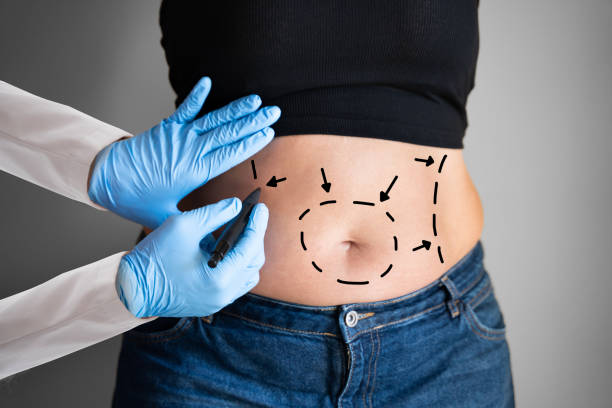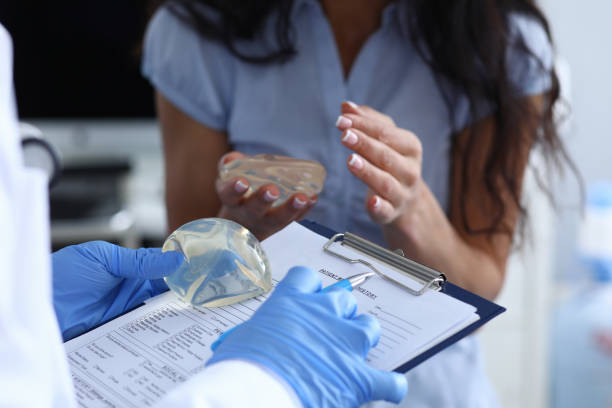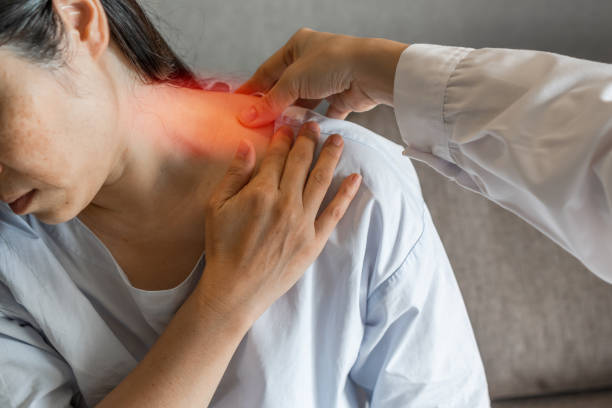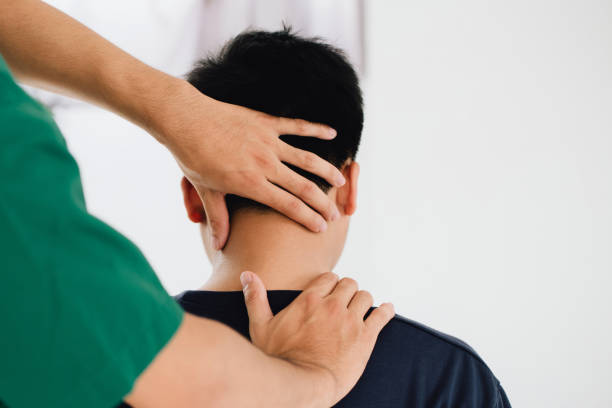Exploring Breast Implants and Tummy Tuck Procedures
Pregnancy and childbirth can cause significant changes to a woman’s body, leaving some mothers feeling self-conscious. A tummy tuck and breast implants can help restore a woman’s figure.
Breast implant options include silicone gel and saline implants. We’ll explain your options and help you choose the best style and size for your goals.

Subglandular Placement
Choosing the right abdominoplasty Melbourne and breast implant placement technique is important for the results of your surgery. It depends on many different factors, including the shape and size of your chest muscles, how much natural breast tissue you have, and whether you want to be able to breastfeed in the future. For your consultation, Visit Mr. Dean White’s website (deanwhite.com.au) He will help you choose the implant placement option that is best for your unique needs.
Over-the-muscle implants (also known as subglandular placement) are inserted into a pocket above the pectoralis muscle and beneath the existing mammary gland tissue. This positioning allows for the breasts to appear perkier and more lifted, which is especially beneficial for patients with saggy breast tissue. Additionally, patients with this type of implant insertion tend to have less movement of their implants during physical activity and experience minimal post-surgery discomfort.
However, over-the-muscle implants do not provide as much coverage or support as submuscular implants. In addition, they carry a slightly increased risk of capsular contracture, which occurs when scar tissue around the implant becomes excessively thick and hard. They also can create an unnatural, rounder appearance to the breasts and may cause the implants to move when chest muscles flex. Despite these disadvantages, some patients prefer this implant placement method because it is more affordable than other options.
Submuscular Placement
The placement of your breast implant can make a significant difference in how the final results look and feel. You should be familiar with the pros and cons of different implant placement options so that you can discuss your goals with your surgeon and determine which one is best for you.
Over the muscle placement, also called subglandular placement, involves placing your implants over or on top of the chest muscle (pectoralis major) and underneath glandular breast tissue. This method is recommended for women with adequate natural breast tissue as it provides coverage and support, which can help ensure that your implants look naturally enhanced rather than artificially inflated.
Pros: Over the muscle placement offers a quicker recovery and less discomfort following surgery. It can also reduce the risk of visible edges of the implant (also known as rippling) and improve the appearance of your nipple. Additionally, over the muscle placement may make it easier to perform exercises that require flexing your chest muscles such as chest presses and push-ups without the implants moving around.
Cons: This placement can cause your implant to appear more pronounced on the front of your chest and it may be more difficult to discern the exact size of your implant. The over the muscle placement technique can also increase your chances of experiencing capsular contracture, which is a complication that causes scar tissue to form around the implant.

Dual Plane Placement
A hybrid between subglandular and submuscular implant placement, dual plane combines the benefits of both approaches. It allows the upper half of an implant to sit under the pectoralis muscle while the lower portion lies directly over it, creating a more natural-looking aesthetic. This technique is also beneficial for women with existing breast tissue that will cover the edges of the implants, and it helps prevent complications like capsular contracture and rippling.
While many doctors prefer this technique, it’s not always the best for every patient. For example, it might take longer for swelling to subside compared to other methods. It can also be more expensive due to the surgery’s more extensive incisions. Additionally, it’s important to discuss your goals and expectations for your results with a doctor who can evaluate your needs and recommend the most suitable procedure for you.
The dual plane approach is effective for addressing mild breast sagging, or ptosis, caused by pregnancy, breastfeeding, weight fluctuations, and the natural aging process. However, it doesn’t replace the need for a mastopexy (breast lifting) procedure in severe cases of sagging. It can even help reduce the appearance of nipple stretch marks in some patients with tuberous breasts, giving them a more rounded look. It’s also more beneficial for women who want a larger cup size, as it creates a more full and perkier nipple.
Transaxillary Incision
Melbourne breast augmentation scars are almost impossible to see when using this method, because the incision is made within a natural fold in the armpit. This technique is a good option for patients who want to hide their augmentation scars, even when wearing a bikini. It also eliminates the need for cutting through the chest muscle, reducing recovery time.
This approach can be used for both saline and silicone implants. The surgeon makes the incision in the natural fold of the armpit, then creates a channel to the breast and a pocket for the implant. This means that your breast tissue is not directly touched, and there are fewer risks for infection or capsular contracture. It also doesn’t interfere with the ability to breastfeed.
Although this type of surgery is easier for surgeons to perform than the periareolar or inframammary approaches, there are still some drawbacks. It can cause soreness when raising the arms and increases the risk of loss of nipple sensation, but these issues are usually temporary. It can also be harder to determine the correct size for your breast implants than with other methods. This is why we recommend choosing a surgeon who is experienced with this technique. Memorial Plastic Surgery uses an endoscope (a lighted optical tool with a camera attached) to visualize the pockets as they are created, which further reduces complications.


